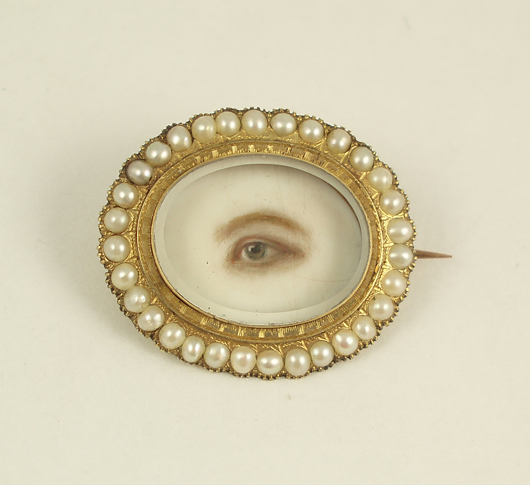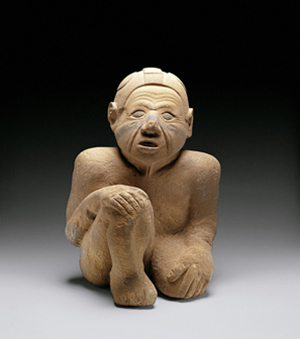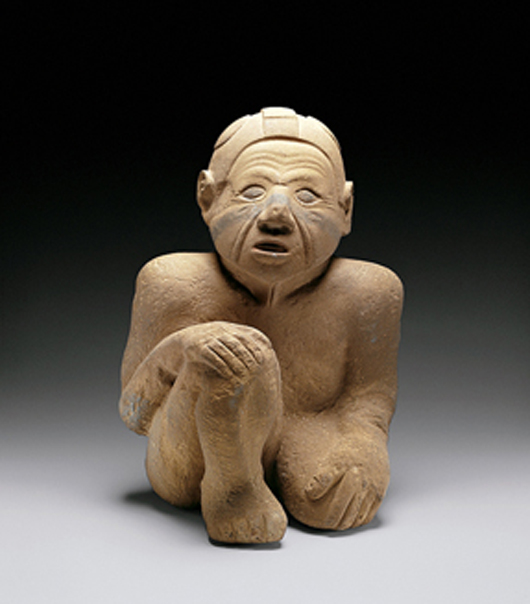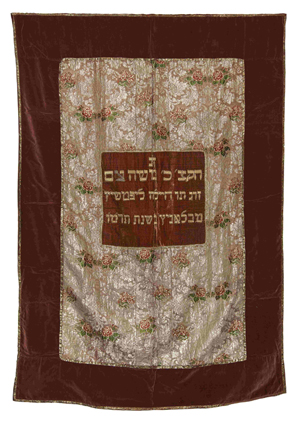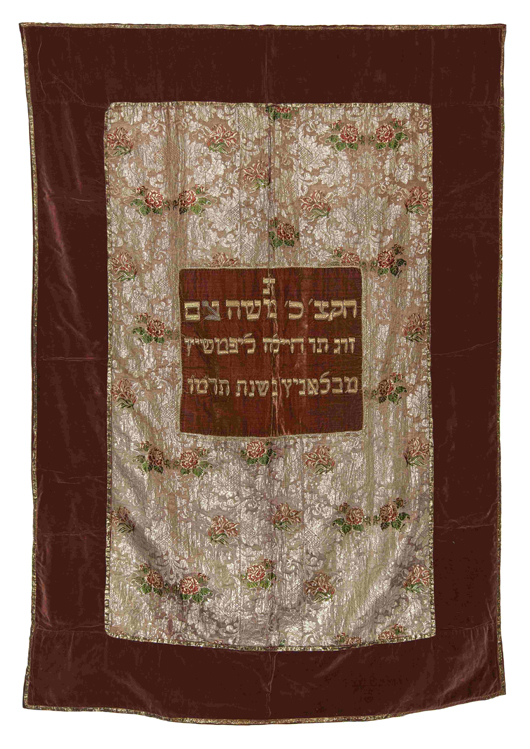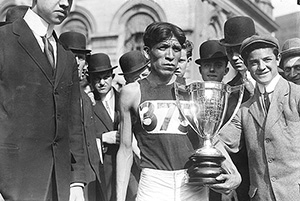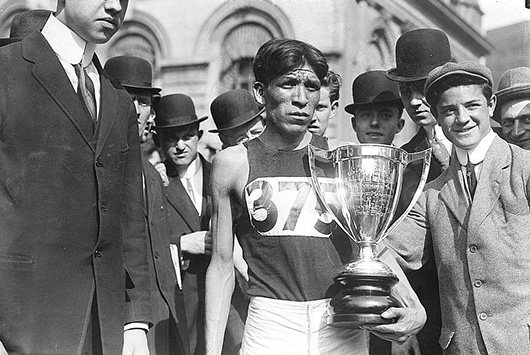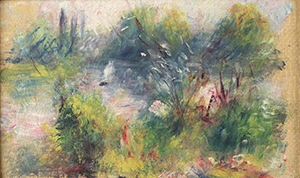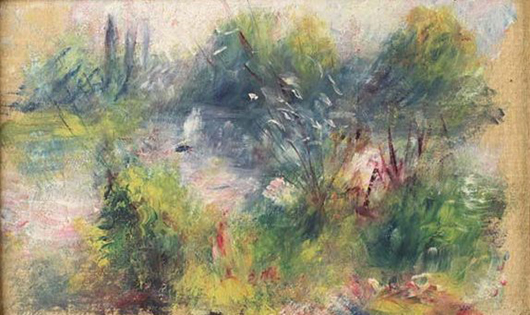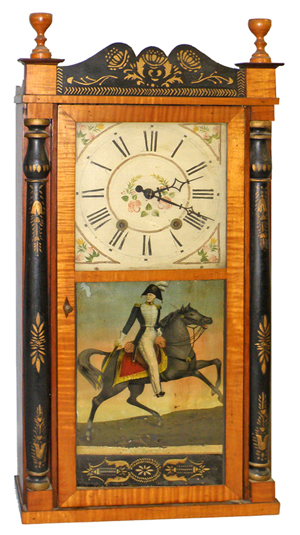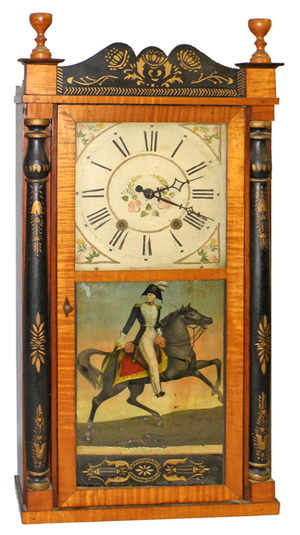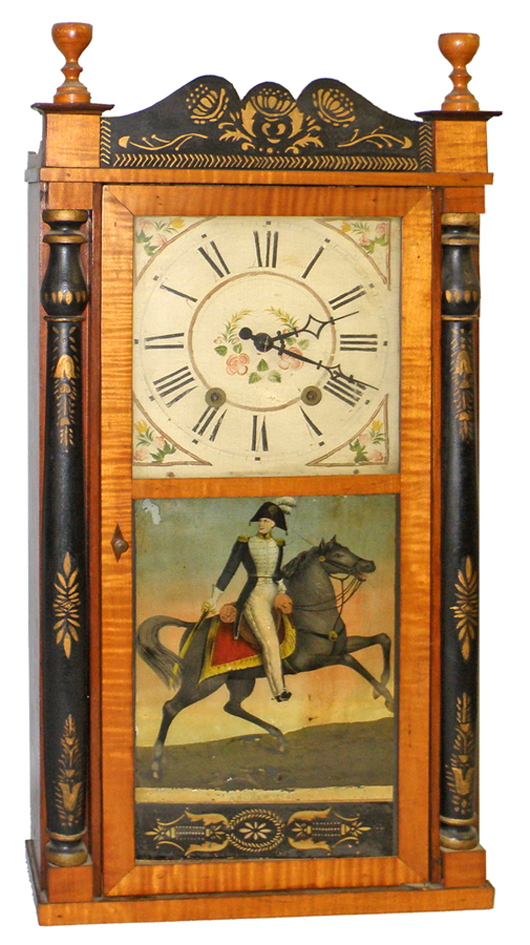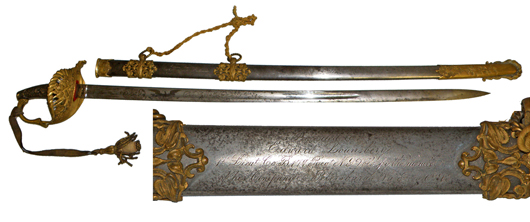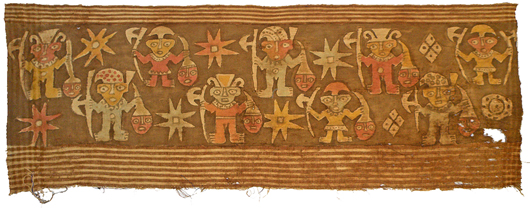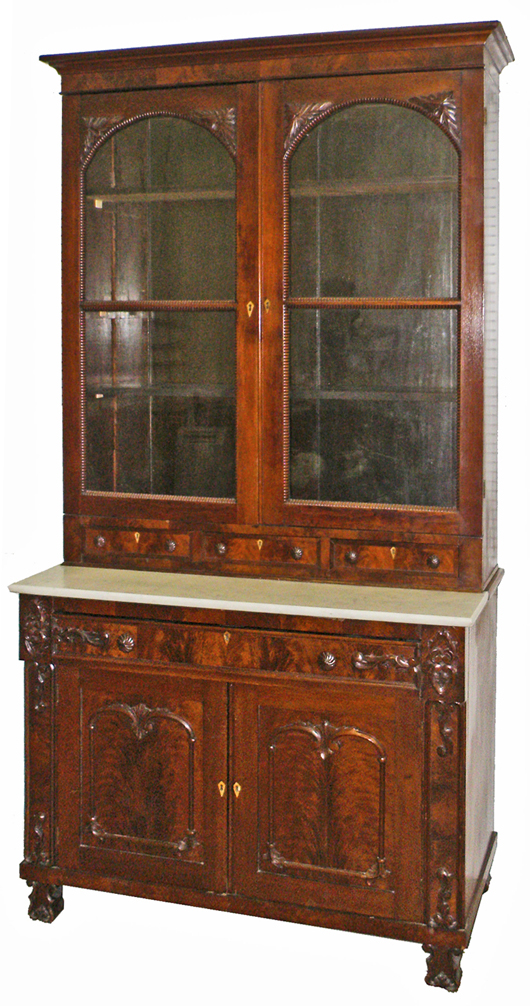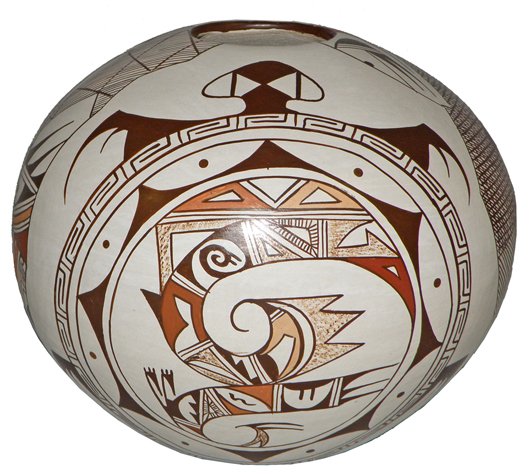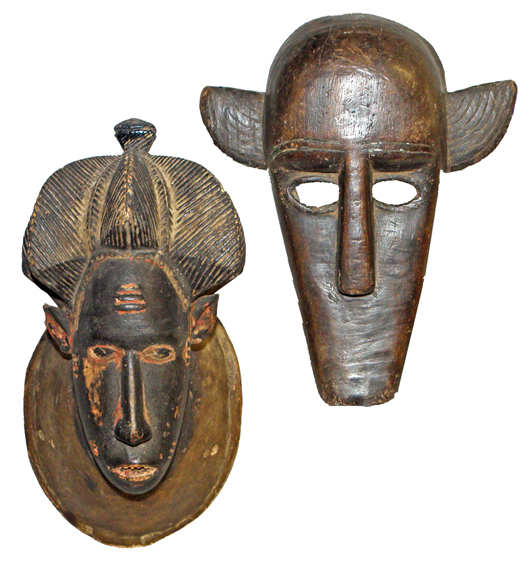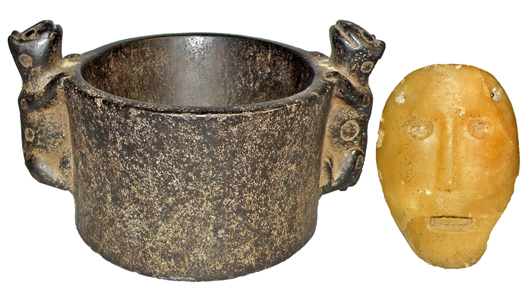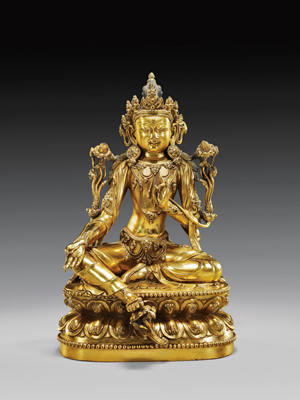
15th century early Ming Dynasty gilt-bronze Bodhisattva, 9-7/8 inches, the auction’s top lot, sold online for $350,000. I.M. Chait image BEVERLY HILLS, Calif. – While traditional Asian art categories held on to their most-favored status at I.M. Chait’s March 23, 2014 Post-Asia Week Auction, other buying trends were noted at the $2.36 million sale that would indicate collectors are exploring new avenues. All prices quoted are inclusive of a 22% buyer’s premium; LiveAuctioneers provided the Internet live-bidding services.
“Clearly, Asian art collectors are expanding their horizons beyond the antique ceramics, jade and bronze that have been so highly prized over the years,” said Joshua Chait, operations manager at I.M. Chait. “A prime example is the 16-piece carved ruby matrix tea set that was entered in our auction with a $160,000-$180,000 estimate. It was not just a tea set; it was a flawless artwork, and collectors recognized it as such. It sold for $219,600.”
Embellished with gilt mountings and accents, the set included a covered teapot with a carved dragon inside, a chocolate/water pot, creamer, four claw-foot shallow dishes, four dragon-form teacups, serving accessories and a carved dragon centerpiece. A thick ruby zoisite freeform slab served as the tray.
The top lot of the sale was a superb 15th century early Ming Dynasty Xuande Mark and Period gilt-bronze Bodhisattva. The 9 7/8-inch figure elaborately decorated with cast “jewelry,” headdress and other adornments was chosen as the cover image for Chait’s printed catalog. It reached the high end of its estimate range, selling to an online buyer for $350,000.
Another category that showed strength was Chinese calligraphic scrolls and art. A striking ink-on-paper calligraphy by Wu Changshuo (1844-1927), signed with four seals of the artist and one collector’s seal of Chongsog (Pyong-U-Min), was bid to $73,200 against an estimate of $15,000-$20,000. Also having provenance from the prestigious Songwon Collection, a Chinese calligraphic couplet by Zhang Daqian, signed and dated July 1978, with two seals of the artist, soared past its $15,000-$20,000 estimate to reach $67,100.
A serene Chinese landscape painting on silk by Pu Ru (1896-1963), ex Songwon Collection, depicted craggy mountains, trees and a figure navigating a boat. It more than doubled its high estimate to achieve $48,800.
“It was a very busy sale with a lot of action from all sources,” said Chait. “There was a good mix of nationalities among bidders, but most who prevailed on the higher-priced lots were from Asia. We were very pleased that so many people in the room had flown in specifically for the sale. Some had attended Asia Week in New York and made a special stop en route home just to attend. We anticipated this would be the case and left no stone unturned in producing an auction that would meet, if not surpass, their expectations.”
This is the second year in which I.M. Chait has chosen to conduct its Asia Week Auction from their West Coast gallery, rather than at a Manhattan venue. “It has worked extremely well for us, and our clients have responded very favorably. We plan to continue this new policy going forward,” Chait said.
I.M. Chait’s next auction is slated for April 13 and will feature Asian art, antiques and estate items. The firm’s Asian & International Fine Arts Auction will take place on May 18. For additional information, visit the Chait website at www.chait.com or call 1-800-775-5020 or 310-285-0182; email joey@chait.com.
View the fully illustrated catalog from I.M. Chait’s March 23 Post-Asia Week auction, complete with prices realized, online at www.LiveAuctioneers.com.
# # #
Click here to view the fully illustrated catalog for this sale, complete with prices realized.
ADDITIONAL LOTS OF NOTE

15th century early Ming Dynasty gilt-bronze Bodhisattva, 9-7/8 inches, the auction’s top lot, sold online for $350,000. I.M. Chait image 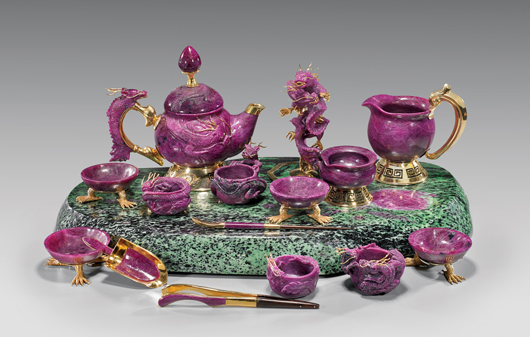
Exquisite 16-piece carved ruby matrix dragon tea set with gilt mountings and accents, $219,600. I.M. Chait image 
Chinese ink-on-paper calligraphy by Wu Changshuo (1844-1927), signed with four seals of the artist and one collector’s seal of Chongsog (Pyong-U-Min), $73,200. I.M. Chait image 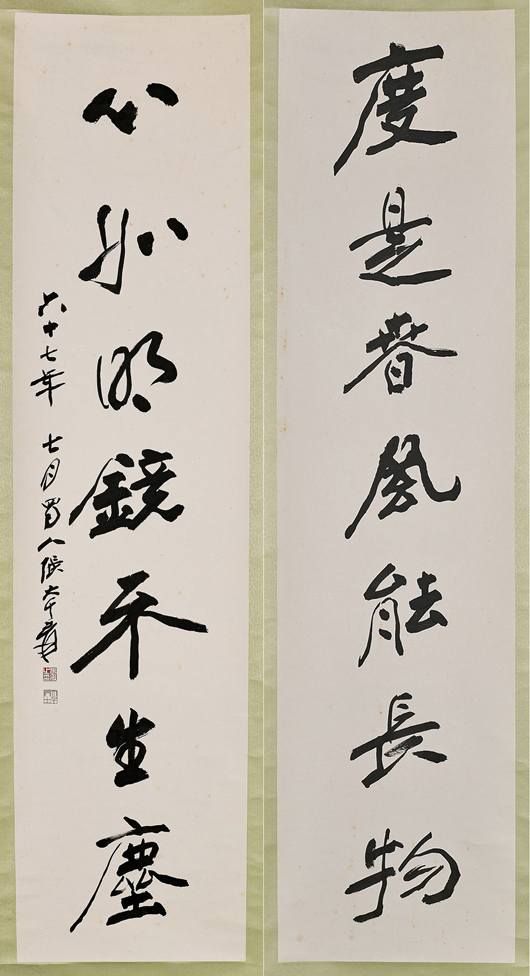
Chinese calligraphic couplet by Zhang Daqian, signed and dated July 1978, with two seals of the artist, $67,100. 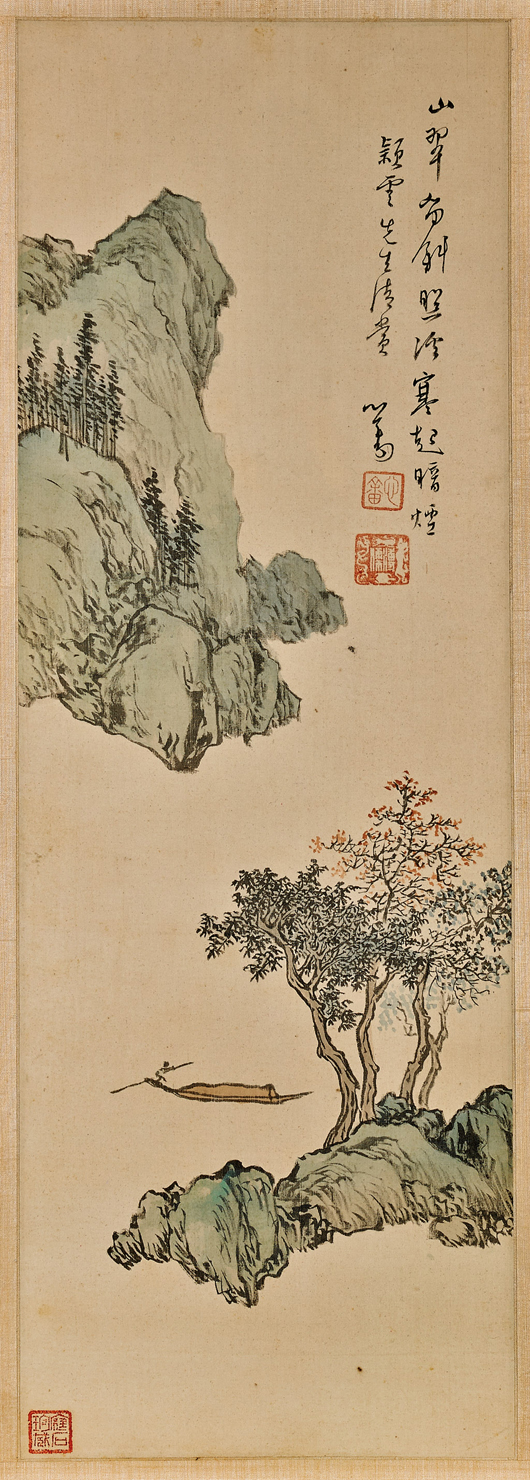
Chinese ink and color on silk landscape painting by Pu Ru. Provenance: The Songwon Collection, from Young-Ig Min and Pyong-U Min family, $48,800. I.M. Chait image




